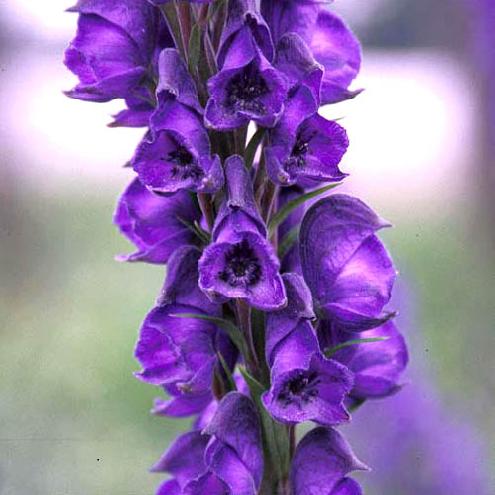


In the UK, it is a rare and declining plant.
WOLFSBANE POISON FULL
It grows in mountain meadows throughout the northern hemisphere between 1000 – 3000 m above sea level and can handle both full sun and afternoon shade. It has also been introduced into Australia.

Monkshood is native to Western and Central Europe (Britain and Northern Europe), North America (Canada and the United States), Northern Asia (Siberia), Japan, Korea, Scandinavia (Sweden) and New Zealand. It is vital to note that there are several types of monkshood aconitum plants with different toxicity levels which could lead to accidental death if the wrong type is handled or ingested. Its flowers are arranged in a whorl of three, with the sepals and petals spreading in opposite directions at ground level, the stamens butting up against the circle of petals.įinally, monkshood can look very similar to several non-toxic plants such as foxglove, making identification important. Sometimes instead of blue, you may come across white or yellow flowers instead. IdentificationĪconitum napellus (monkshood) is of a small size, with dark green leaves and deep blue flowers at the top of each long and erect stem. It is one of the most poisonous plants in the world, and is a potent neurotoxin that can be fatal if ingested. It is also known as wolfsbane, old wives hood, soldiers helmet, dogs bane, devils hood, devils helmet, blue rocket, mousebane, queen of poisons, and aconite. It is native to Europe and North America introduced to Australia, New Zealand and parts of East Asia, where it is considered invasive because it has displaced native plants. Common monkshood is a perennial herb belonging to the genus aconitum and family Ranunculaceae.


 0 kommentar(er)
0 kommentar(er)
